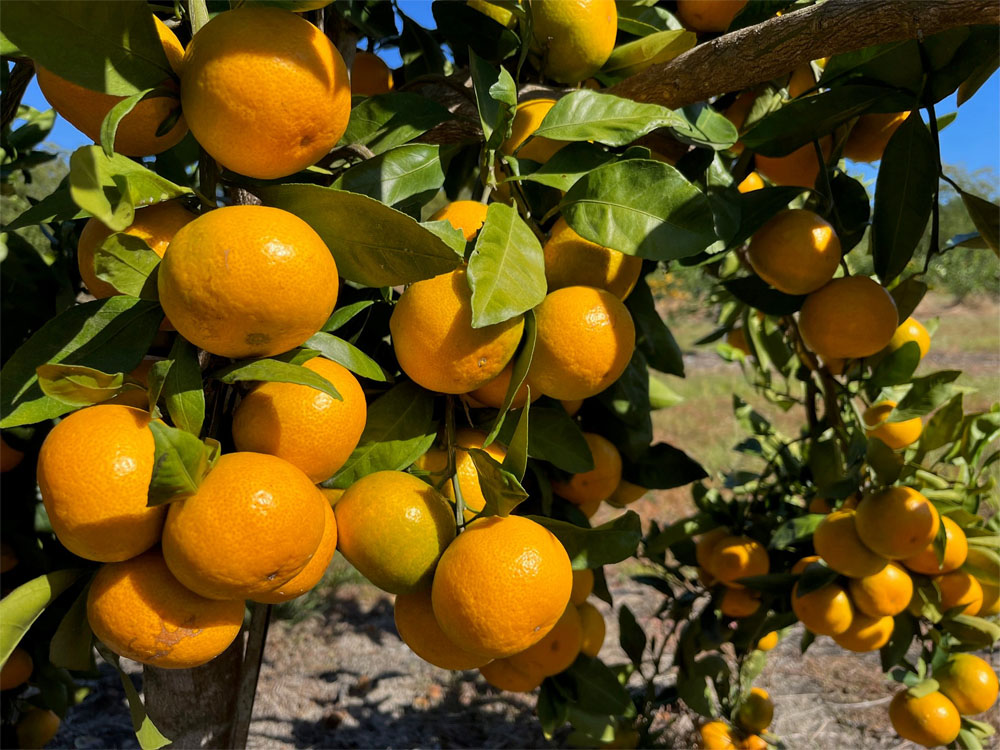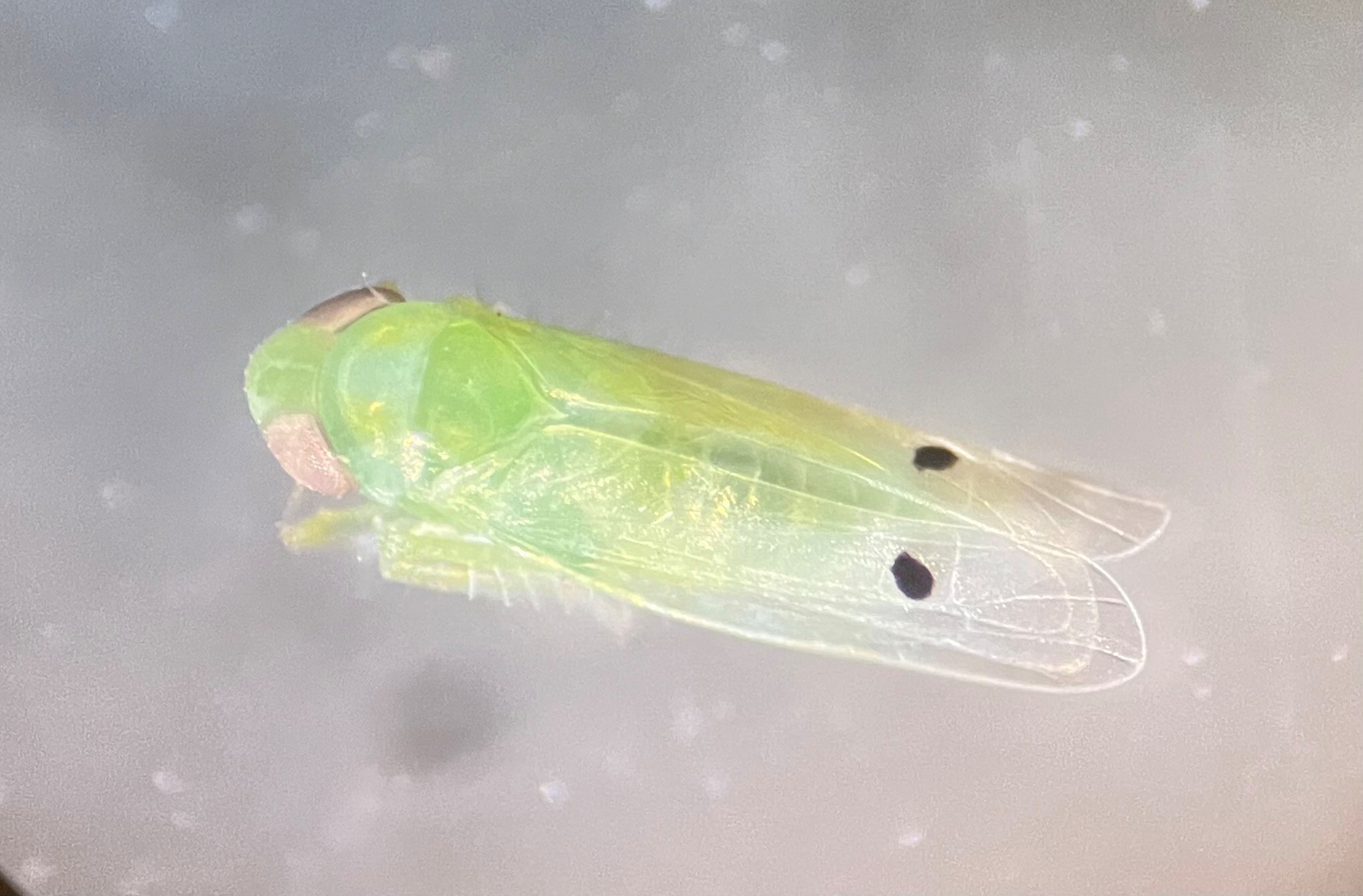By Dan Rahn
University of Georgia
When mole crickets get together for dinner on the ground, you
don’t want it to be your ground.

|
“It’s not uncommon for mole crickets to destroy a lawn in one
season,” said Will Hudson, an entomologist with the University of
Georgia Extension Service.
The pesky insects damage turf grasses in the coastal plain and
occasionally in piedmont areas of Georgia. They’re active from
early spring to late fall, he said. But they damage turf the most
in late summer and early fall.
The best time to cancel their dinner reservations, Hudson said,
is around the first week in July, when all of the season’s eggs
have hatched but the nymphs are still too small to do much damage.
“Mole crickets spend the winter mostly as adults in the soil,”
Hudson said. “As the weather warms, adults emerge and begin to
feed and mate, beginning in March and continuing into May and
June.”
More mole crickets
Mole crickets lay eggs in the soil, mostly in April and May. A
single female may lay as many as six or eight clutches of about
40 eggs per clutch.
In three to six weeks, he said, the eggs hatch into nymphs that
look much like adults but are smaller and don’t have wings.
Nymphs grow all summer and change into adults in the fall.
“Mole crickets damage turf both by tunneling and by feeding on
the grass,” Hudson said.
At low infestation levels, tunneling is probably the more
damaging, he said, particularly in newly seeded areas.
With higher infestations, mole crickets will eat the grass and
leave the soil pulverized and spongy to the step. Although adults
can do considerable damage in the spring, the most serious injury
usually comes from August to October, when the nymphs are large
and active.
‘Take that!’
By late June or early July, though, all the eggs should have
hatched into nymphs, he said. That’s when an insecticide
treatment can punch their little lunch tickets.
Homeowner insecticide options are limited. Products containing
bifenthrin are effective if you apply them in June and July
against small nymphs.
Products containing fipronil are effective, too. And they have a
longer window of effective application – from early June through
mid-July in most of Georgia’s mole cricket infestations.
Irrigate before you apply insecticide sprays or granules if the
soil is dry, Hudson said. Treat as late in the afternoon as you
can, and water in sprays and granules with a quarter-inch of
irrigation soon after application, unless the label advises
otherwise.
Plan B
Another option is to treat them in fall or spring with
insecticide baits. A number of commercial baits are available.
Baits are best used in the fall or spring, Hudson said, because
they work better when the crickets are bigger.
“An advantage to baits is that you don’t have to water them in,”
he said. For best results, apply baits near dusk.
You can find out how many mole crickets you have, he said, with a
detergent solution. Dissolve 1 ounce of liquid detergent in 2
gallons of water and pour it over 1 square yard. Then count the
number of mole crickets that emerge.
Repeat the process around the yard. A rule-of-thumb is that if
you flush an average of more than five crickets per site, treat
the lawn with an insecticide. But that can vary, Hudson said.
“It really depends on how healthy your lawn turf is and what
demands you place on it,” he said. “If you take really good care
of it and just look at it, the turf can stand a lot of mole
crickets and stay healthy.”
(Dan Rahn is a news editor with the University of Georgia
College of Agricultural and Environmental Sciences.)




